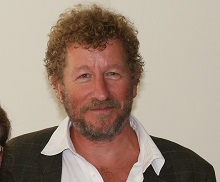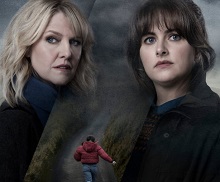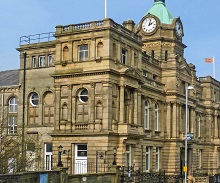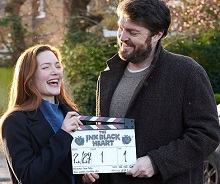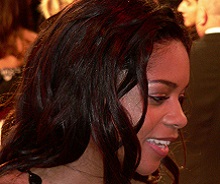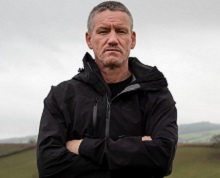Beowulf – a spotlight on ITV's epic new drama series
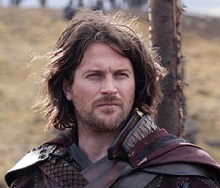 ITV has always been known for its big-budget dramas. But in the last few years it has demonstrated a renewed energy and dynamism, backing shows that appeal to both domestic and international audiences.
ITV has always been known for its big-budget dramas. But in the last few years it has demonstrated a renewed energy and dynamism, backing shows that appeal to both domestic and international audiences.
Even by its own standards, however, Beowulf: Return To The Shieldlands is an ambitious adventure for ITV. With its huge purpose-built set, CGI creatures and a sweeping fantasy mythology created almost from scratch, the broadcaster is hoping for strong ratings when the 13-part show launches in January.
Beowulf, which stars Kieran Bew, Joanne Whalley, Ed Speleers and William Hurt, is a reimagining of the famous Old English poem of the same name. But given that the poem only runs to 3182 lines, an awful lot of extension work had to be done before a TV show emerged from the mists of time.
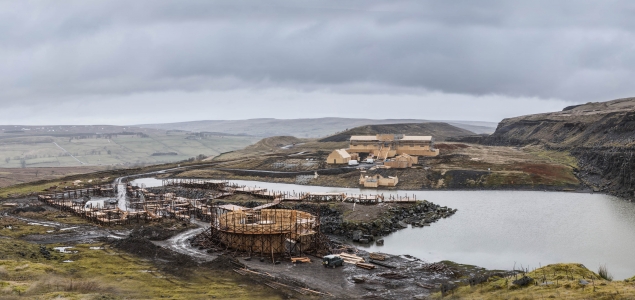
“That was our first challenge,” says ITV Studios executive producer drama, Katie Newman, who co-created the show alongside Tim Haines and James Dormer. “We didn’t have books to refer to as source material. We had to create a world from scratch. It took a lot of time and interrogation to get the premise right.”
Things clicked into place when the team started to think of the show as a kind of Western, explains Newman, with central character Beowulf returning from exile to become the guardian of an embattled community called Herot (an approximation of a rural Dark Ages settlement). “That idea grounded the concept and provided the basis for a show that could develop into a long-running franchise - if the audience responds to it.”
The world-building challenge wasn’t just about finding a story with forward momentum, however. “It was also about the look,” says Newman. “It’s a fantasy, so there were no historical reference points for us to work from. Costumes, hair, make-up, everything had to come together in a unique, unified vision.”
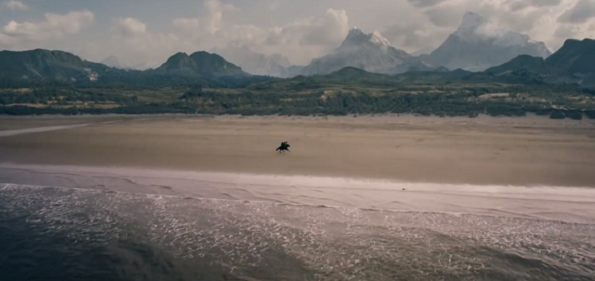
The series was shot over a seven-month period in Northumberland and County Durham. The latter was home to a huge outdoor set built in a disused quarry, Eastgate, during the bitterly cold winter of 2014/2015. “I made visits in November 2014 and January 2015,” says Newman, “and it was freezing. Seeing the crew come into the pub at the end of the day made me think what it must have been like for the men who used to work the mines.”
While costumes were the responsibility of costume designer Ralph Wheeler-Holes, the Herot build was handled by production designer Grant Montgomery, supported by art director Nick Wilkinson and Paul Ward, who headed the construction team. Aside from major set pieces such as a huge Mead Hall, authenticity demanded a range of props such as furniture, banners, wagons, shields, weapons and pottery.
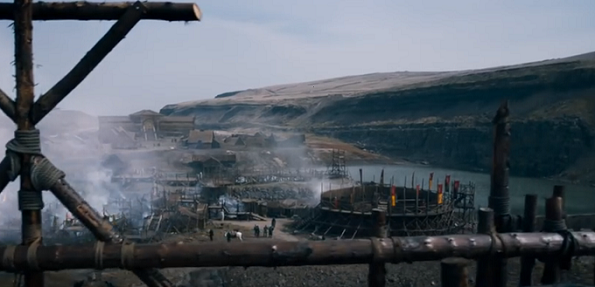
The decision to shoot in the north east of England was made possible by the recent introduction of UK tax credits, says Newman. “Tim and I are used to working in places like Malta, Ireland and Canada, so it was nice to be able to shoot closer to where everyone lived”.
In terms of the pros and cons he said: “I think you can probably get more extras for your budget in some foreign locations. But in the UK you don’t need to fly lots of people in. I also liked the fact everything was happening in the UK, rather than being spread across different countries. That helped with communications, which was a plus point for me.”
Within the UK, the team’s biggest issue when it came to choosing a location was finding somewhere that wasn’t criss-crossed with modern trappings such as telephone wires. They looked at Wales, but felt it was probably over-shot at that point in time. The team also liked the idea of filming where the original Beowulf poem had been written down.
Another part of the region’s appeal was the diversity of locations, adds Newman, with mountains, moorlands and coast all in easy proximity of each other. This helped feed the mythology of the show, allowing Newman and Haines to create distinctive backdrops for different scenarios in the show.
Aside from story development, Newman says the biggest challenge was the “horrific” weather. While heavy wind and rain helped add an extra dimension to the onscreen end result, it meant that the shoot was arduous for cast and crew. “It’s the thing everyone talked about. We had winter in June. It forced us to be really adaptable because you never knew how it would affect production. We could go in with scripts prepared months in advance and have to rewrite them on the day because the weather prevented us from doing what we planned.”
A key part of the production is the use of CGI to create fantasy creatures including Grendl, trolls and skinshifters. Indeed, the opening scene of the first episode sees a young Beowulf being pursued along beautiful Bamburgh Beach by a pair of gruesome looking CGI creatures.
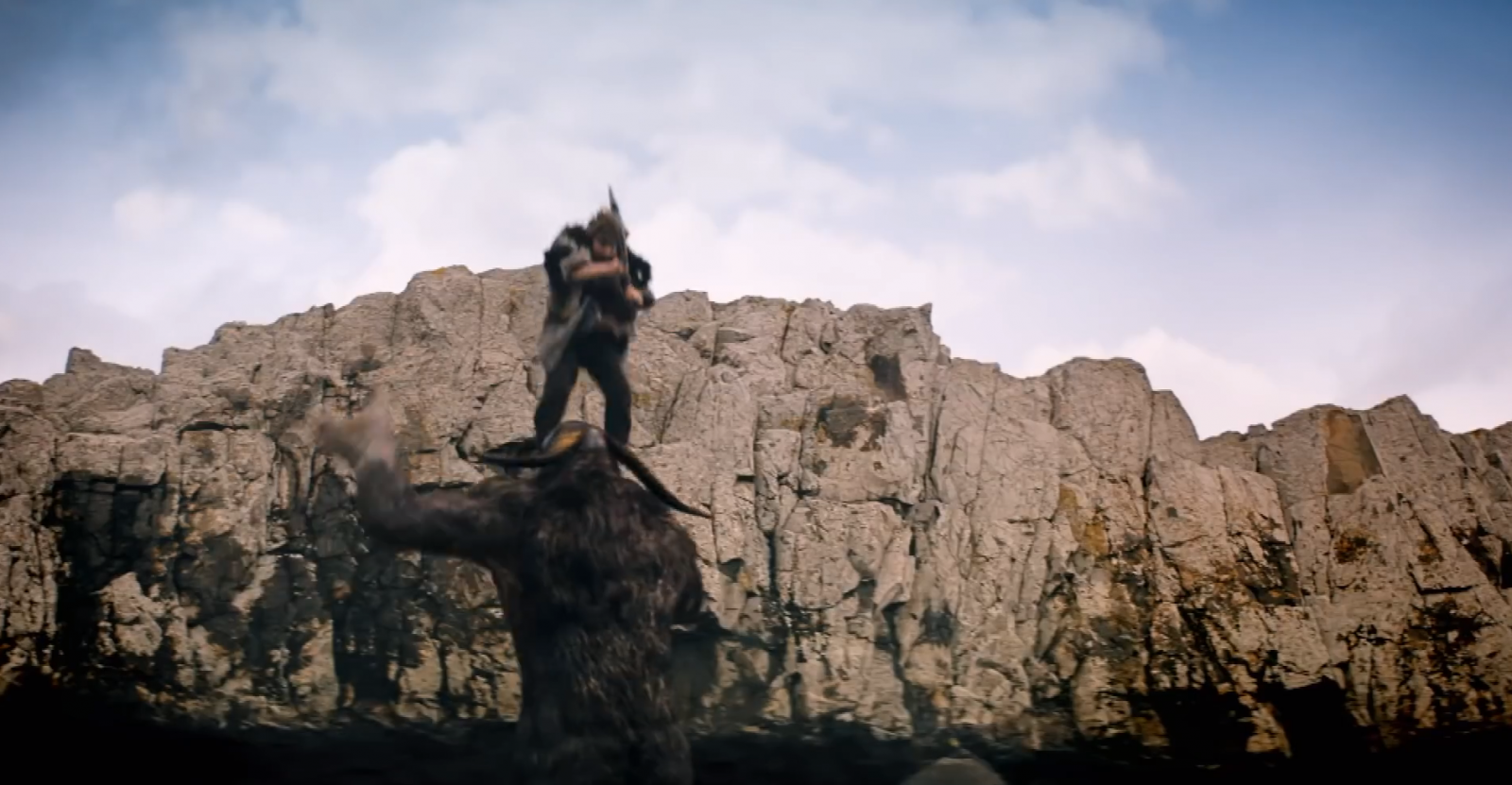
Newman, who worked with Haines on ITV’s Primeval, says: “We did meet a few executives in the US who were worried about the CGI – but that was never really a concern for us because it’s an area we are used to working with. I suppose if there was a challenge with this series compared to our previous work it was that some of the CGI characters, like Grendl, needed to be expressive. It wasn’t just about authentic fur or feathers.”
The CGI on Beowulf was delivered by London-based visual effects company Milk VFX. Explaining how this fed into the physical production, Newman says: “There was a continuous creative evolution. We didn’t have the fully-realised creatures when we started production. We had sketches or impressions that we could show the directors and cast, but they needed to have faith in what we told them. I know that some of the cast only saw the end result for the first time at a recent BAFTA screening and they were gobsmacked by the end result.”
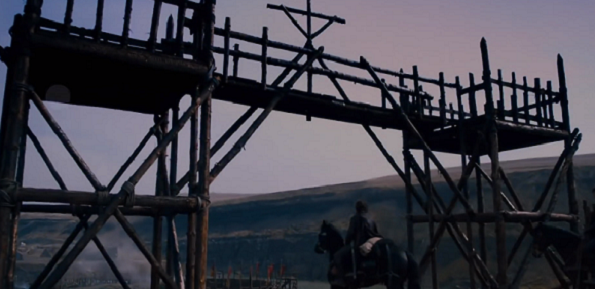
The actors themselves were also pretty relaxed about the use of CGI, despite the fact they were involved in a number of fights scenes with imaginary creatures. Kieron Bews, who plays Beowulf, says: “You just have to play it as if the monster is really there, even if it is just a tennis ball on a stick or a man in green tights on stilts. We spent a lot of time on set discussing what we knew about these monsters and what our reactions should be. It’s really about immersing yourself in it.”
Although the story’s success will depend very much on the appeal of its fantasy and adventure elements, those involved argue that it is the emotional richness of the series that will engage and retain the audience.
Haines, ITV Studios creative director of drama, is a firm believer that the CGI creatures should have a real world feel to them, operating within credible biological parameters: “You can’t throw visual effects into a show hoping that it will save it. The monsters in Beowulf are an organic part of the show that heighten the atmosphere. The forest, for example, is darker because of the creatures in it.”
The cast members echo this vision. Joanne Whalley, who plays Rheda, the female leader of the community that Beowulf returns to, says: “I loved my character and the world. The world we inhabit is not just about action and spectacle and monsters, there’s some real emotional content too. Rheda goes on quite a ride, finding out new stuff within herself. She learns in every episode and you don’t often get that in this kind of drama.”
.png)
For James Dormer, who was brought in to write the series, it was important the show “feel relevant today. We have a more skeptical view of heroes these days so we wanted a show with a rounded picture. If you look at a classic series like Star Trek, it was great fun but it also addressed themes from the time.”
Newman echoes this point, stressing that the battle between Beowulf and Grendl “is not about good versus evil, it’s about mankind and nature. As humanity pushes out and expands, nature needs to find a way to adapt. And in Beowulf we have a character that is a conflicted hero. You have to look for the truth in characters and not to be clichéd.”
Bews agrees that there was “a courage" in the scripts that made Beowulf incredibly exciting to play. "People can be contradictory and hypocritical, but they certainly aren’t stereotypical.”
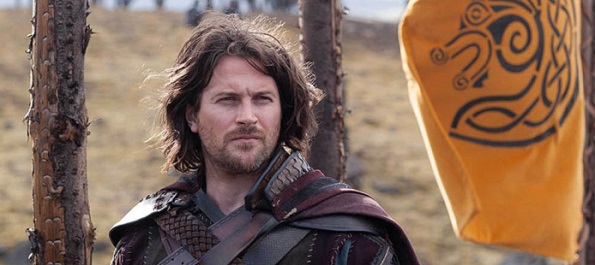
From the outset, ITV wanted a drama that could travel internationally – so that it could be exported by the company’s global distribution arm ITV Studios Global Entertainment (the show has already been licensed to cable channel Esquire in the US).
Newman thinks the genre lends itself to that kind of treatment: “Shows like The Walking Dead and Game Of Thrones travel because their mythology is not defined by a certain territory – and that’s something which also applies to Beowulf. I think it also helps that I am from Australia, so we had a different voice in the early discussions about the show.”
Newman and Haines have sketched out a world and story progression that could support at least five series. But whether the show actually gets that far is down to ratings and critical response: “It’s not our call,” stresses Newman, “but we’d love to go further with it.” As for the first series, she is delighted with the end result: “The cast and crew went way beyond the call of duty on this. Everyone should be unbelievably proud.”
One of the big successes, she says, was the way the show evolved from the “roadmap” that she created with Haines and Dormer. “It was wonderful when an actor brought something we hadn’t conceived. The beauty of collaborating in creativity in being able to adapt to opportunities when they present itself themselves and not be rigid in terms of what you want to do.”
Dormer agrees: “When we saw the sets, it put pressure on us to make the scripts even better. And then the cast came along and brought our characters to life, which put more pressure on us. We were definitely all in it together on Beowulf.”
.png)
The first episode of Beowulf: Return To The Shieldlands will air on ITV at 7pm on January 3rd, 2016. Created by James Dormer, Tim Haines and Katie Newman, the 13-part drama series was produced by Stephen Smallwood for ITV Studios. It is set in the mythical Shieldlands, a place of spectacle and danger populated by both humans and fantastical creatures.
Photographs courtesy of ITV.
Also on The Knowledge
Freedom Scripted options Sebastian Faulks’ Engleby
Sebastian Faulks’ novel Engleby is set to be adapted for television by C4-backed indie Freedom Scripted, starring Noah Jupe.
Shetland wins double recommission
The BBC has ordered two more series of detective drama Shetland with the first (Series 9) filming this month.
Bank of Dave the Sequel begins northern shoot
Filming gets underway today (26 February) on the Netflix sequel to 2023 feature Bank of Dave with shooting taking place largely in Burnley and Leeds.
Filming underway on new series of Strike
Strike, The Ink Black Heart – the sixth instalment of the detective drama - has begun filming.
Feature film Lola and Freddie to shoot in London this summer
A new feature film, Lola and Freddie, will shoot in London locations this summer with Naomie Harris, Joel Fry, Jameela Jamil and Olivia Lee leading the cast.
Construction commences on BBC's West Midlands production hub as new series is greenlit
Ground has been broken on The Tea Factory, a new BBC production hub in the West Midlands that promises to be the BBC’s greenest building, with a new series featuring Billy Billingham to be produced in the region.


